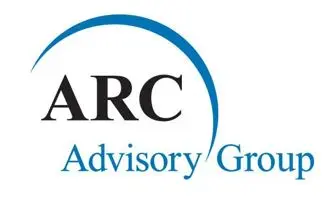

 For more than three decades, ARC has been recognized globally for our detailed market analysis and unrivaled accuracy. ARC analysts monitor the key technologies, vertical industries, and regional trends impacting the global business environment on an ongoing basis. A case in point is the market for Advanced Metering Infrastructure.
For more than three decades, ARC has been recognized globally for our detailed market analysis and unrivaled accuracy. ARC analysts monitor the key technologies, vertical industries, and regional trends impacting the global business environment on an ongoing basis. A case in point is the market for Advanced Metering Infrastructure.
Advanced Metering Infrastructure (AMI) refers to systems that measure, collect, and analyze energy usage and communicate with metering devices such as electricity meters, gas meters, heat meters, and water meters, either on request or on a schedule. These systems include hardware, software, communications, consumer energy displays and controllers, customer-associated systems, meter data management software, and supplier business systems. Jointly, they support all phases of the meter data life cycle — from data acquisition to final provisioning of energy consumption information to end customers (for example, for load profile presentment) or an IT application (such as revenue protection, demand response, or outage management).
Government agencies and utilities are turning toward advanced metering infrastructure (AMI) systems as part of larger “smart grid” initiatives. AMI extends automatic meter reading (AMR) technology by providing two-way meter communications, allowing commands to be sent toward the home for multiple purposes, including time-based pricing information, demand-response actions, or remote service disconnects.
Wireless technologies are critical elements of the neighborhood network, aggregating a mesh configuration of up to thousands of meters for backhaul to the utility’s IT headquarters. The network between measurement devices and business systems allows the collection and distribution of information to customers, suppliers, utility companies, and service providers. This enables these businesses to participate in demand response services. Consumers can use the information provided by the system to change their normal consumption patterns to take advantage of lower prices. Pricing can be used to curb the growth of peak demand consumption.
AMI differs from traditional automatic meter reading (AMR) in that it enables two-way communication with the meter. Systems only capable of meter readings do not qualify as AMI systems.
In this video, ARC’s Business Development Manager, Lucas Martin, interviews Jim Frazer, Vice President, Infrastructure & Smart Cities, who is the Author responsible for the Advanced Metering Infrastructure Market Update 2023 which covers cover a range of sectors of residential, commercial, and industrial markets.
Watch this video and learn more about the Advanced Metering Infrastructure Market.
During the interview, you will hear more about:
Scope of this market analysis
Key Growth or Success Factors
Growth Inhibiting Factors
Strategies recommended to a buyer of this system
Other key trends
Benefit of buying this study report
You can obtain more information on other ARC In-depth Research at Market Analysis

